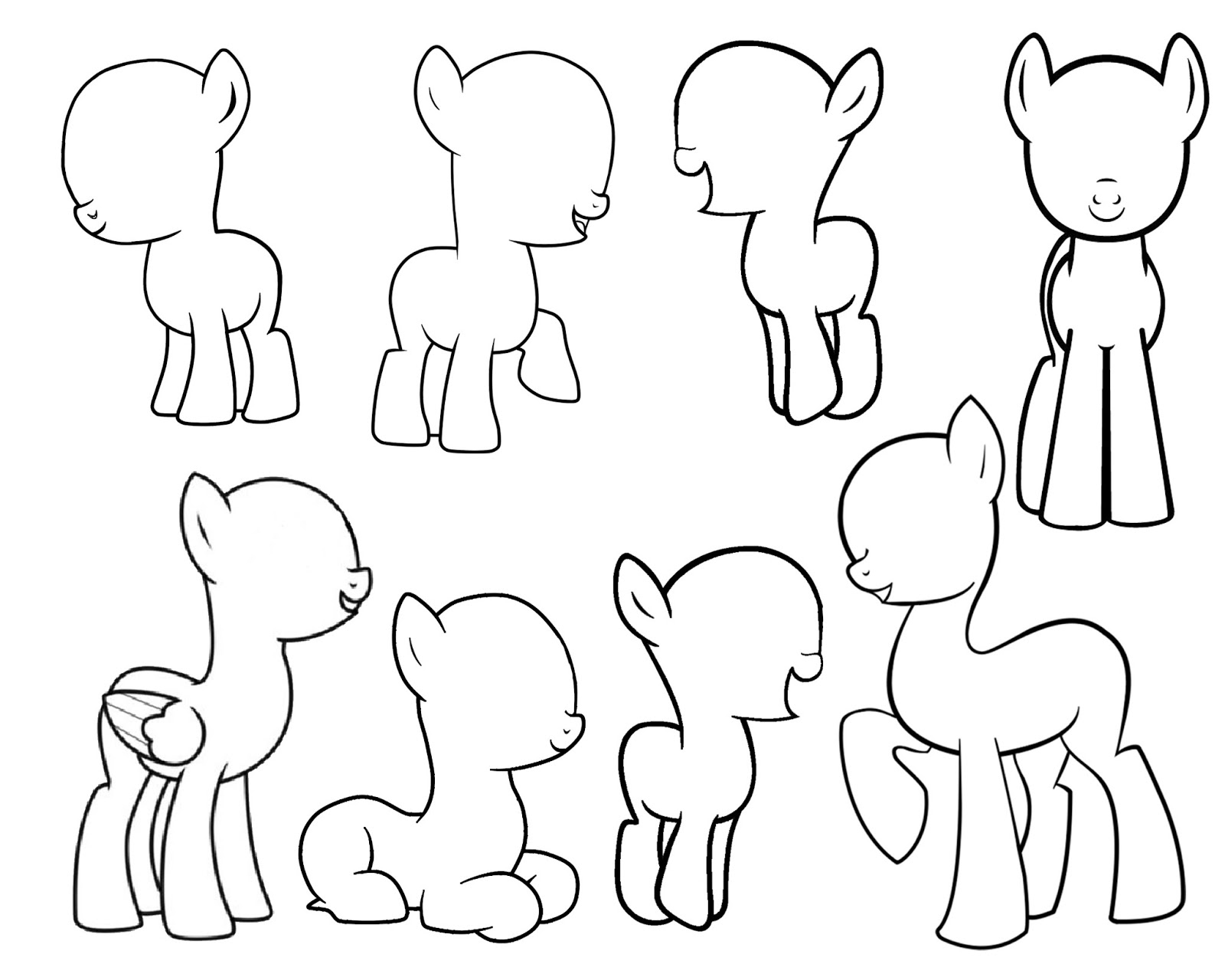How to draw paddy field
Table of Contents
Table of Contents
If you’re interested in drawing landscapes, you may be wondering how to draw a paddy field. This unique landscape is both beautiful and challenging to draw, so you may be wondering where to begin.
As a beginner, it’s easy to get overwhelmed by the complexity of a paddy field. However, there are several techniques and tips that can help you draw a paddy field more accurately.
To draw a paddy field, you’ll need to focus on the different elements of the landscape, such as the crops, the fields, and the surrounding surroundings. By breaking down each element and focusing on one area at a time, you can create a detailed and realistic drawing of a paddy field.
In this article, we’ll explore how to draw a paddy field step-by-step, including tips and tricks for beginners, and provide you with some inspiration for your next drawing.
Understanding the Elements of a Paddy Field
Before you can begin drawing, it’s important to understand the different elements that make up a paddy field. A typical paddy field includes the following:
- Rice plants
- The field itself, including the raised ridges that separate the individual fields
- The surrounding environment, such as trees, mountains or buildings
Each of these elements is important to consider when drawing a paddy field. By paying attention to these details, you can make your drawing look more realistic and engaging.
Getting Started with How to Draw a Paddy Field
The first step in drawing a paddy field is to create a rough sketch of the entire scene. This can help you get familiar with the different elements and their overall placement in the drawing.
Start by drawing the outlines of the individual fields using straight lines, making sure to keep them uniform in size and shape. You can then add the crops, grass, or other features that you want to include in your scene.
After the basic sketch is complete, you can then begin to add more details to the drawing. This can include shading and other features that can add depth and detail to the scene. As a final touch, you can also add texture to the individual crops or fields using different techniques, such as stippling, crosshatching, or smudging.
Tips and Tricks for Drawing a Paddy Field
Here are a few tips and tricks to help make your drawing of a paddy field look more realistic:
- Use a variety of different line thicknesses to create depth and texture in the field.
- Add shading to the field to create the illusion of light and shadow.
- Pay attention to the spacing between each field, as well as any other elements in the scene
- Experiment with different drawing techniques and styles to find what works best for you.
Drawing a Paddy Field in Color
If you’re looking to add color to your drawing, consider using watercolors or colored pencils. These mediums are a great way to add detail and depth to the scene. Additionally, they can help you create a realistic and engaging drawing that captures the beauty of the paddy field. When using colored pencils, make sure to layer the colors carefully to create depth and vividness.
Drawing a Paddy Field with Perspective
Perspective is another important element to consider when drawing a paddy field. You can create the impression of depth and distance by using techniques such as overlapping layers or diminishing size as objects move farther away.
Conclusion on How to Draw a Paddy Field
If you’re interested in drawing landscapes, a paddy field can be a beautiful and unique subject to tackle. With the right techniques and attention to detail, you can create a realistic and engaging drawing that captures the beauty of this unique landscape. Whether you’re a beginner or an experienced artist, drawing a paddy field is a rewarding challenge that’s sure to inspire your creativity.
Question and Answer
Q1: How do I create texture in a paddy field?
A1: You can create texture in a paddy field by using different techniques, such as stippling or crosshatching. You can also use a variety of line thicknesses to create the illusion of depth and texture in the field.
Q2: What colors should I use for a paddy field?
A2: The colors you use will depend on the specific scene you’re drawing. Generally, you can use greens, browns, and yellows to represent the different crops and elements in a paddy field.
Q3: How do I create depth in my paddy field drawing?
A3: You can create depth in your drawing by using techniques such as shading, overlapping, and diminishing size as objects move farther away. Additionally, adding highlights, shadows or contrast can add more depth to the paddy field in the drawing.
Q4: What other landscape elements can I include in my paddy field drawing?
A4: You can include a variety of other landscape elements in your paddy field drawing, such as mountains, trees, or buildings, for instance depicting a village in the background enhances the beauty of your drawing.
Gallery
How To Draw Paddy Field - YouTube

Photo Credit by: bing.com / paddy
Paddy Field Village Agriculture Drawing - Draw-puke

Photo Credit by: bing.com / paddy
Flavour Of Assam|How To Draw A Beautiful Paddy Field Scenary With

Photo Credit by: bing.com / paddy field draw
How To Draw Village Scenery With Paddy Field Step By Step - YouTube

Photo Credit by: bing.com / field drawing rice draw paddy village scenery drawings step paintingvalley
How To Draw A Village Landscape Where Farmers Harvesting Paddy On

Photo Credit by: bing.com / draw paddy harvesting pastel village landscape drawing fields farmer farmers drawings where painting





